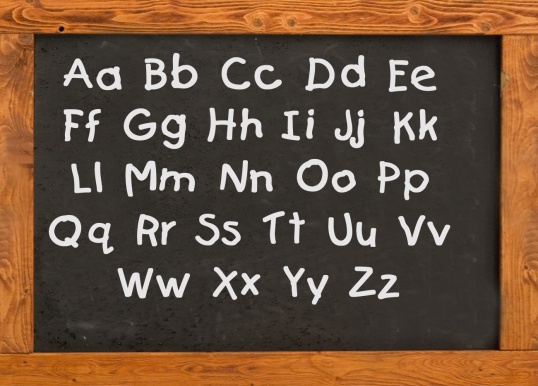When To Use Capital Letters

Always use a capital letter for the first person personal pronoun, ‘I’.
- “What do I need to do?”
Always use a capital letter to start a sentence.
- “He jumped down.”
Always use a capital letter when beginning speech. Even if it is in the middle of a sentence, a capital letter is required.
- “I went to speak to him yesterday and he said, “Go away.
When using abbreviations, capital letters will be used; the same goes for any acronyms.
- NASA
- GMT
- NATO
The first letter of any days, public holidays and months need to be in capital letters.
- Monday, Tuesday, Wednesday, Thursday, Friday, Saturday and Sunday
- January, February, March, April and so on
- Christmas, Easter, Thanksgiving and so on
When writing the name of a country, religion, place, language and nationality, the first letter should always be a capital letter.
- English
- French
- Great Britain
- France
- Christianity
All names of people past and present should be capitalised. If a person has a title, this should also be capitalised.
- Dr Jones
- King Arthur
- Mrs S Vesey
All companies, trademarks, organisations and corporations should have the first letter of each word capitalised.
- Apple
- Microsoft
- Coca Cola
- Oxfam
- British Heart Foundation
If something such as a ship, train or other objects has an actual name, this should start with a capital letter.
- The Titanic
- The Flying Scotsman
- The Orient Express
Why Do Some People Struggle With Capital Letters?
When children first learn the English alphabet, they learn it in lower case. This can make it difficult for native children to recognise the shapes of the letters when in their capital form. Another reason why people may find capital letters difficult is that all the letters are the same size. It can be easy to learn lower case letters as they have different shapes and sizes.
Recognising Words By Shape
With regards to the English language, we recognise words by the shape the word makes. We don’t actually read each letter individually when we read, but instead we read the shape of the word.
Look at the word English written in lower case; then look at the word ENGLISH written in capital letters. It is much easier to read, and to recognise, the first example rather than the one full of capital letters.

